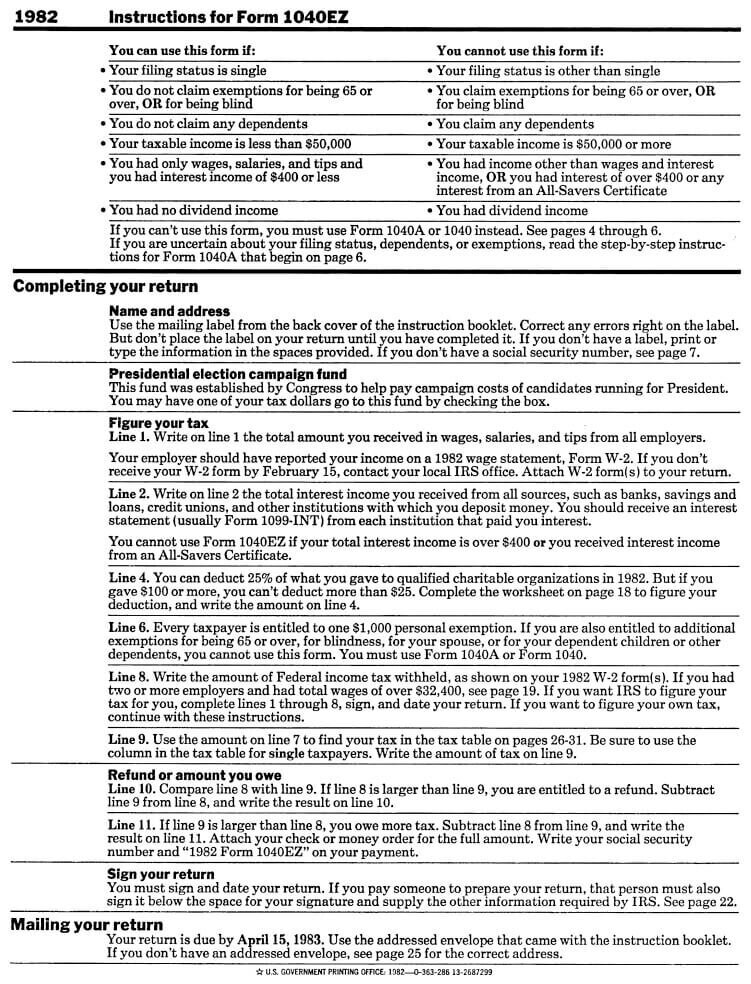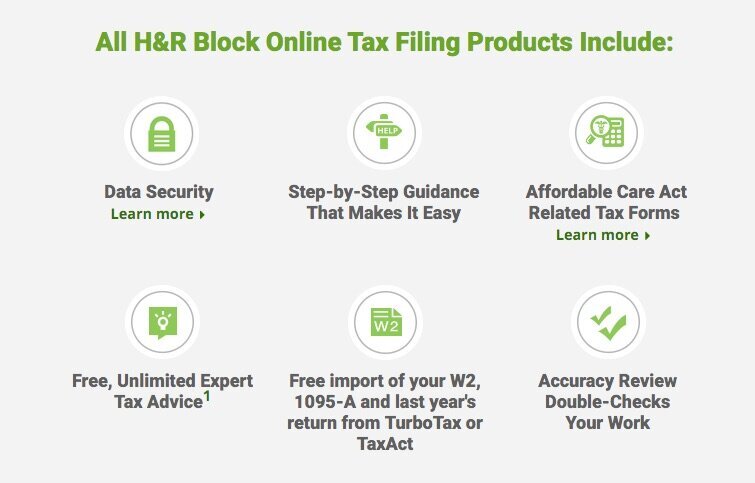“…in this world nothing can be said to be certain, except death and taxes.”
– Benjamin Franklin
Identify the pain
Both death and taxes are an unavoidable pain and hassle—although calling death a hassle might be an understatement. However, both of these items are something most people want to avoid. It’s scary and intimidating. They generally loathe thinking or talking about either of them. Funeral directors and the government both have tried for years to take the sting out of these twin horrors.
In 1982, the government offered the 1040EZ form or, the “Income Tax Return for Single filers with no dependents.” It has 11 listed steps. Thirteen if you count filling out your name and address, and signing it. Seems simple enough, until you start reading the instructions. “Add line 1 and line 2…Complete the worksheet on page 18. Do not write more than $25…Subtract line 4 from line 3…If line 8 is larger than line 9, subtract line 9 from line 8…”
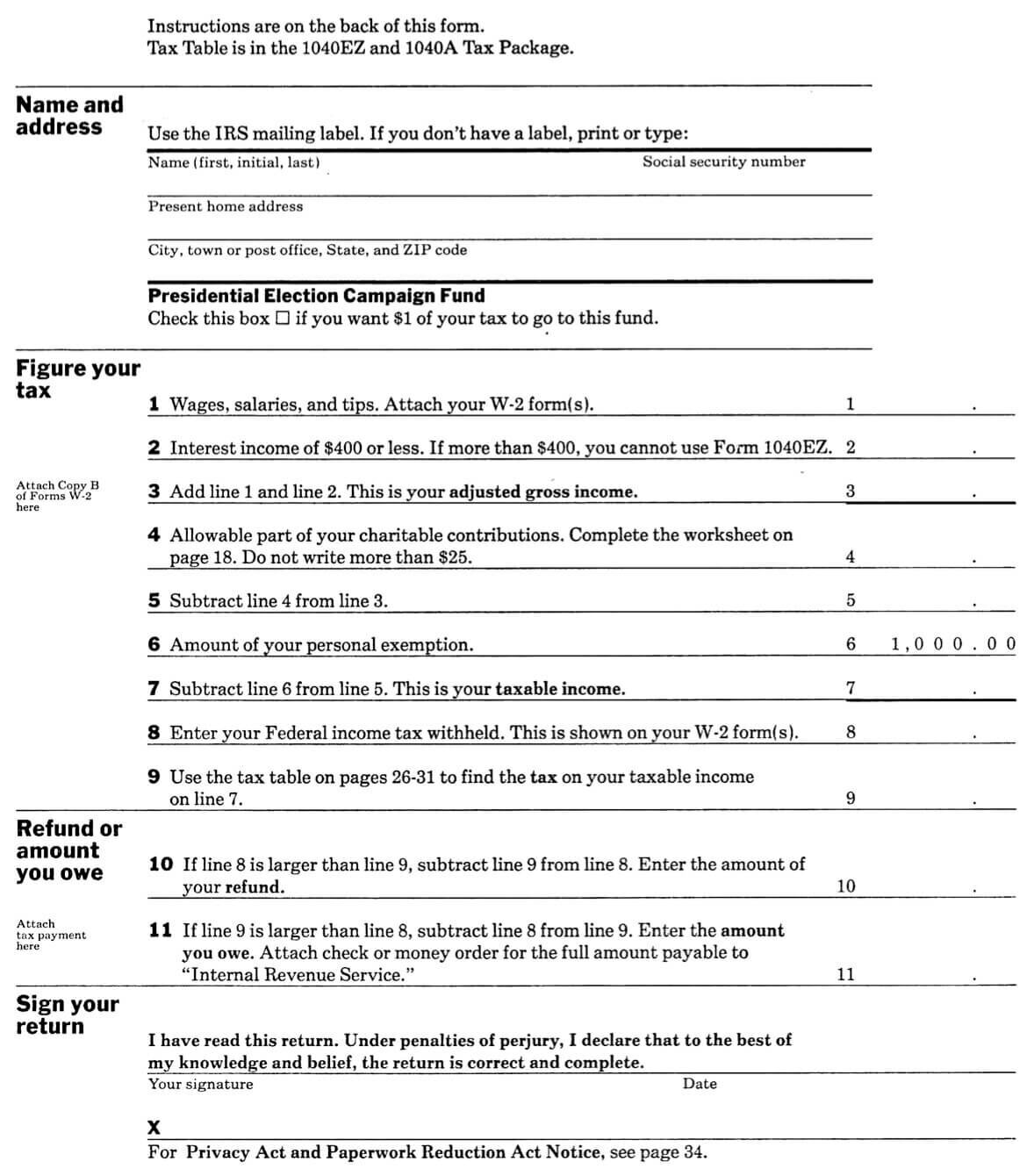
And all of the instructions are on the back, somewhat removed from the lines of numbered tasks you are expected to follow. It’s a disjointed process to say the least. Fifty-five lines of instructions are listed on the back page.
Reduce or eliminate the pain
But what about better onboarding? Onboarding is supposed to ease people into a process, a job, a situation—educate them, empower them to take control, and/or provide some level of satisfaction. Can the 1040EZ form do all that? Compared to an older form, maybe it can. But it cannot beat the simplicity suggested by online tax preparation companies.
Let’s compare a few online preparers. They begin by telling you it’s free to start, so there’s no risk (some charge you to actually file depending on your complexity of form). TurboTax, Jackson Hewitt, H&RBlock and TaxAct let you start and charge you afterwards for anything other than the EZ form—less barrier to entry. Each of these online preparers will walk you step-by-step through all those questions one-by-one or a few at a time, rather than bombard you with an entire page of indigestible lines of tiny print.
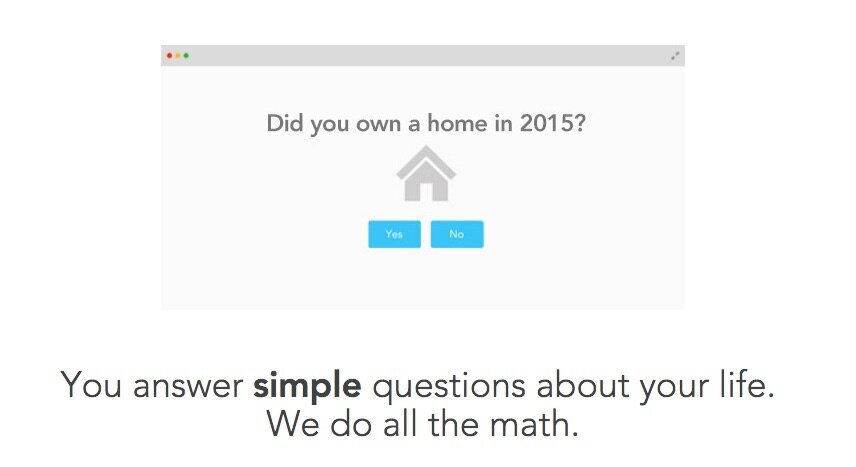
If you’re lucky and can file the simplest form, you’ll be done in no time. But, for those with more complex tax situations, a good tax software will break down incoherent blocks of information into numerous smaller tasks and allow you to go back and review answers. H&R Block outlines their method here or you can compare multiple providers here.
There’s a catch though. The online forms are easier to fill out, but you still need to be able to answer the questions, which requires having your W-2’s and other information at hand. Just like onboarding a new customer, there are generally a set of pre-questions that will need to answer before you can get started. TaxAct gives you a preflight checklist. It pays to have your sales and customer success teams know what information a new customer will need to get started.
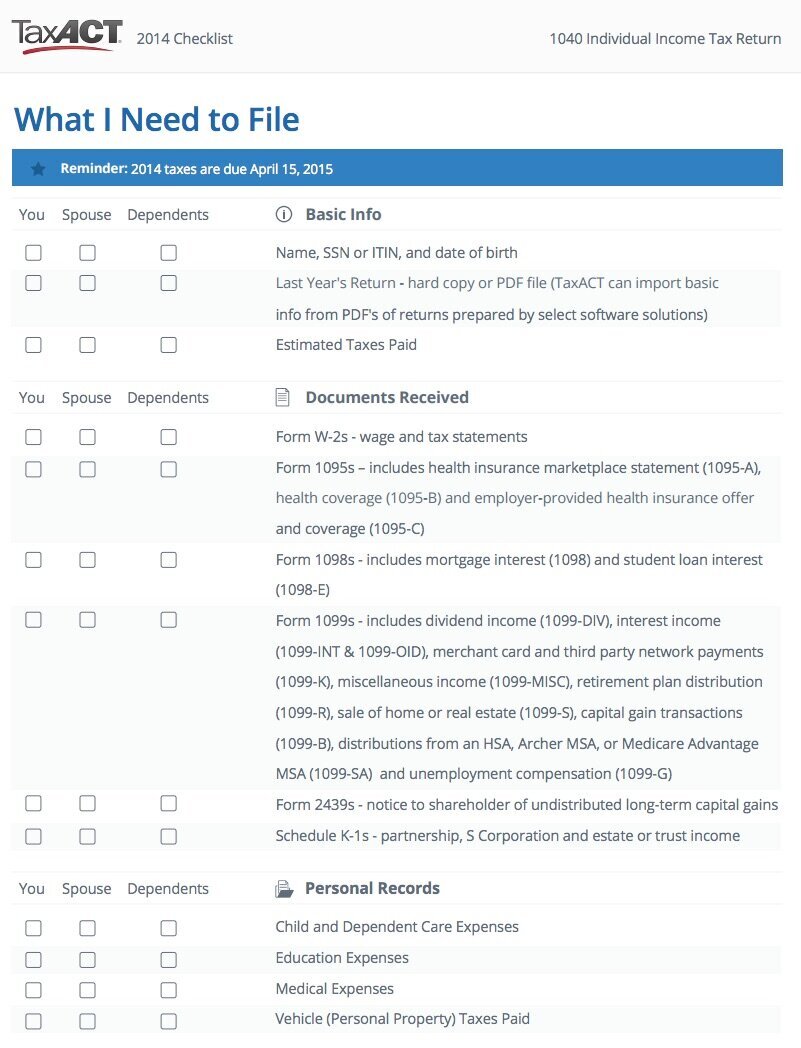
Aside from the walk-thrus and progressive onboarding these products do, there’s also the reward for filing online. Some companies showcase the added security and expert tax advice/protection in case of an audit.
Others like to show you the amount of money you’ll receive in a refund. Or they allow you to pay for the service online using the refund money so you don’t feel the actual pain of handing them your debit card numbers.
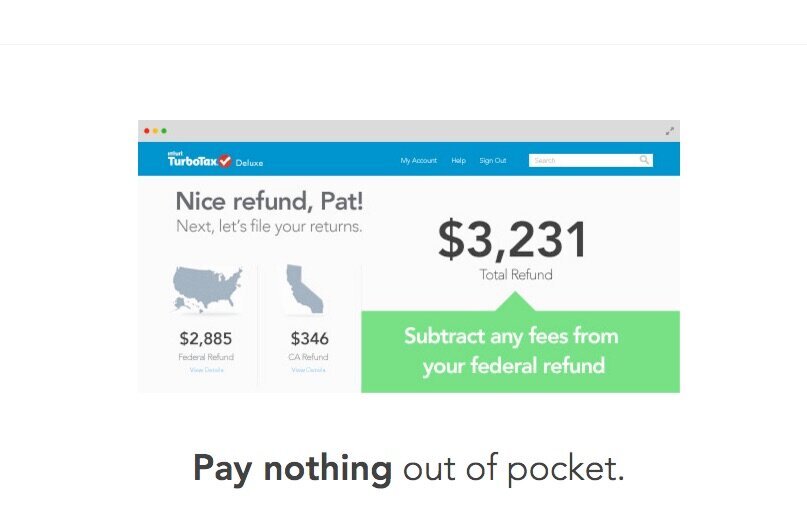
Both of these items can leave the consumer with a happy memory of using the software and increase the chances that they’ll use it again next year.
Evaluate the results
Those are examples of how software and onboarding can be used to eliminate barriers for people filing their own taxes, but has this focus on consumer tax self-service empowerment dramatically transformed the services component of the tax industry? What are the consequences? Has it really disrupted the market? These articles in The Wall Street Journal and The Washington Post explore the idea that services automation will more likely generate demand for new services since older jobs have been replaced by computer automation. It opens up an opportunity to offer new services that wouldn’t fit within the former workload. However, the new jobs created will require new skills—ones that some accountants and financial employees might not currently possess. AccountingWeb, an online community for CPAs, tackled this concept in a 2014 post.
“Accounting software is poised to eliminate accountants. We are at a tipping point for many similar professions: online education replacing professors, legal software replacing lawyers.” -Johnathan Poston
But, data from the National Bureau of Labor Statistics doesn’t necessarily support the claim that all accountants will be eliminated. Looking at the industry title of “Accounting, tax preparation, bookkeeping, and payroll services,”
total industry employment is at 10.7% and the employment change between 2014-2024 is expected to be an increase of 20.8%. But when you look at the more specific occupation role of “tax preparer” the percent increase is only .7%
Perhaps the accounting industry (and related roles) will continue to grow, but not in the narrow area of preparing taxes? It remains to be seen if online tax software truly eliminates the role of tax preparation services or accountants, but one thing is certain—the April tax filing anxiety will continue whether filed by an actual person or through online automation. And according to Mr. Franklin, nothing short of an untimely demise can fix that.
